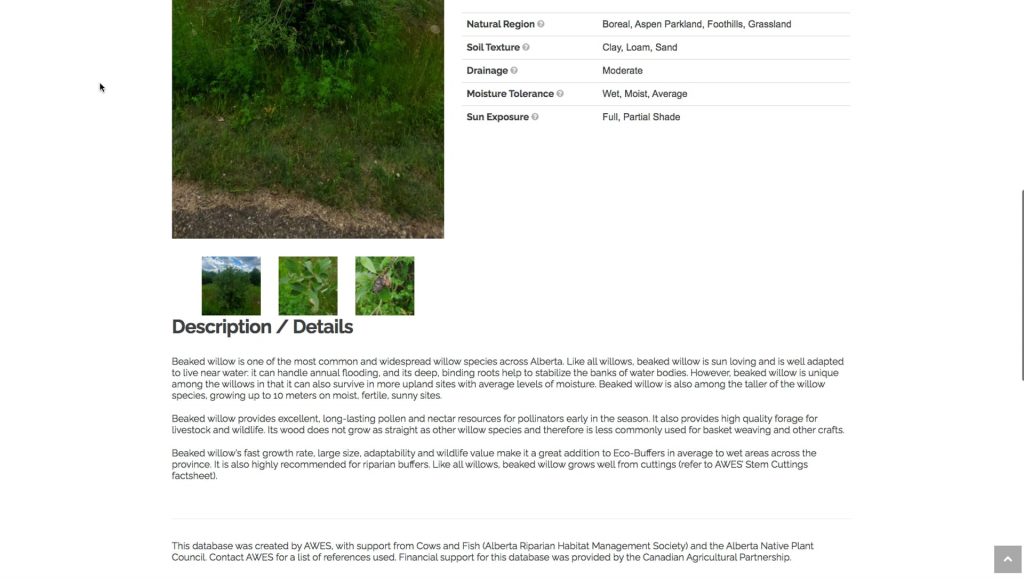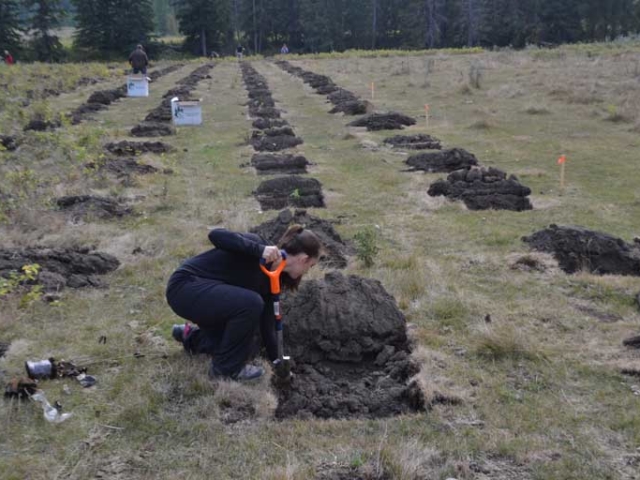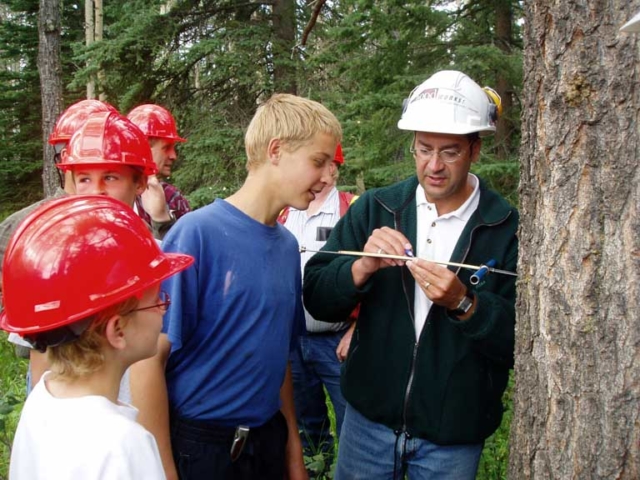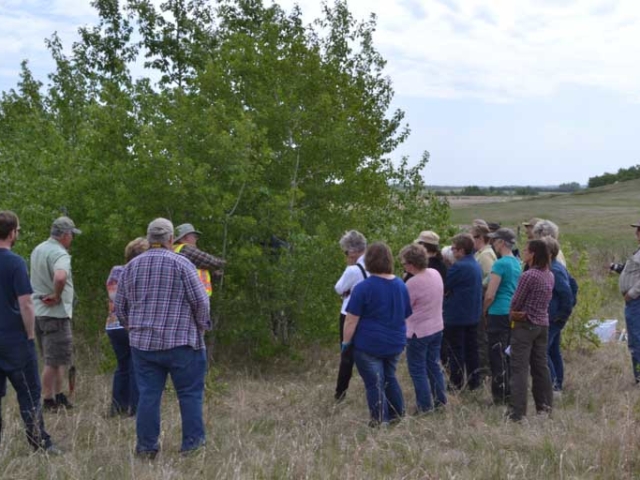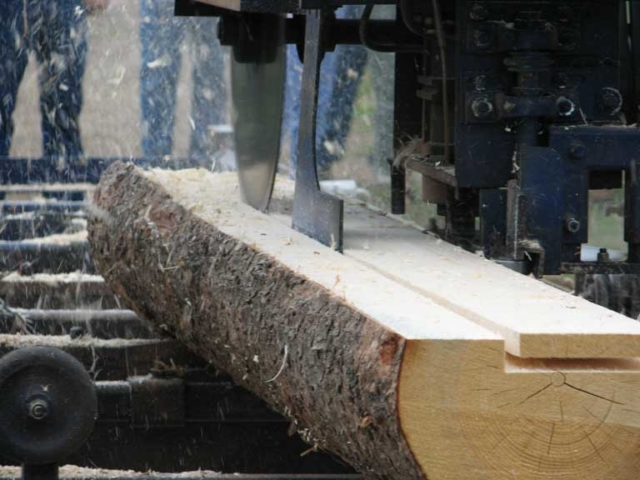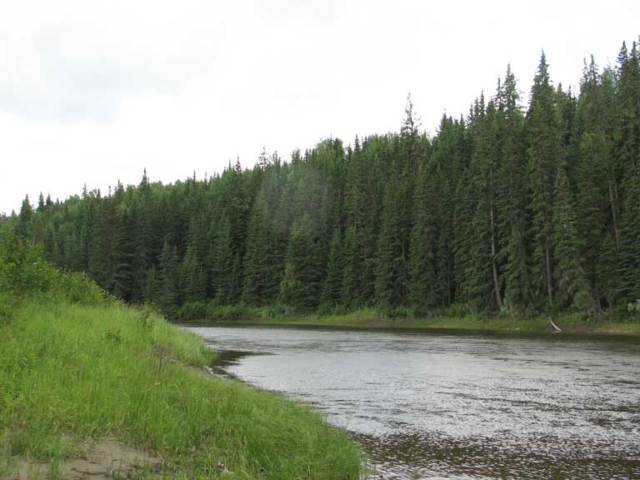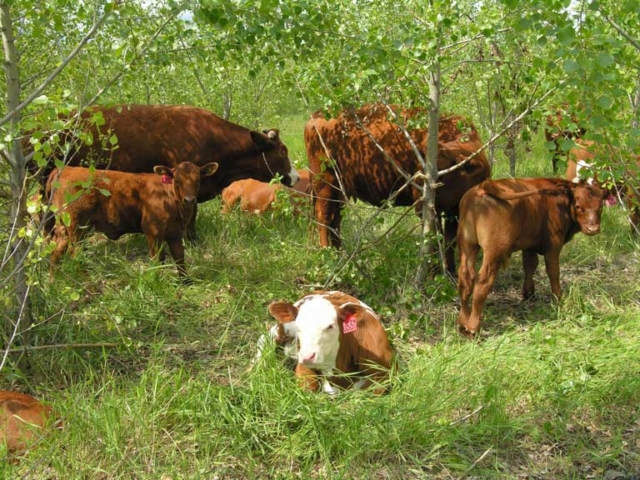
- Home
- About
- Services
- Get Involved
- Resources
- Projects
- Women in STEM & Leadership
- Wildflowers & Pollinators Project
- Wildlife Corridors Project
- Shelterbelt & Ecobuffer Project
- Riparian Skills Development Workshops
- Train-the-Trainer Workshops
- 2 Billion Trees
- Blindman River Restoration Project
- Riparian Forest Enhancement and Management Training
- Riparian Management Resources Webpage
- AWES Blog
- Contact
